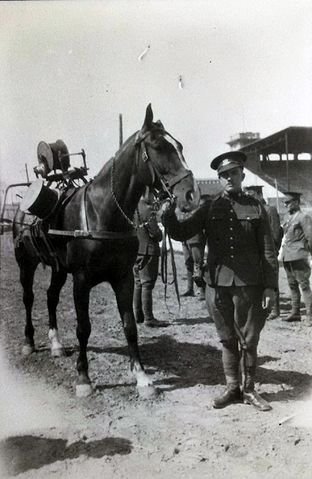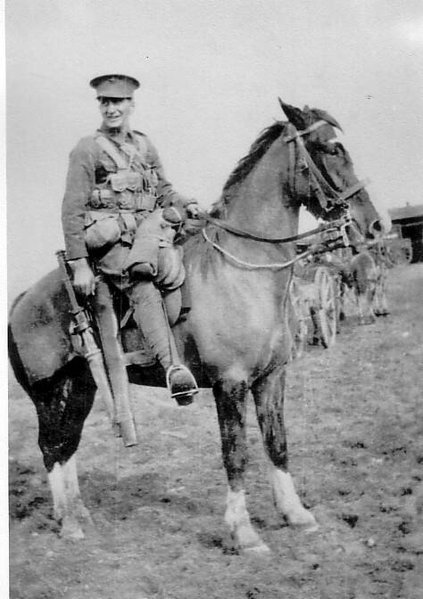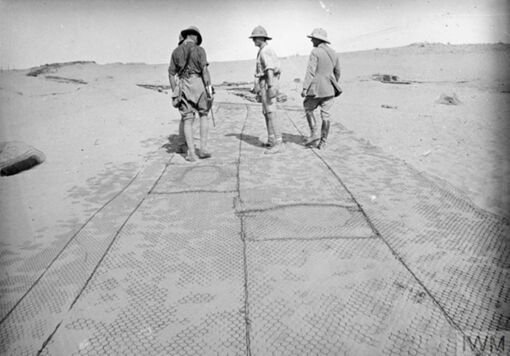In 1917 things were picking up pace in the Middle East against the Ottomans. The…
History


The Signals Telegraph Cable Saddle
Several years ago when I started to learn about the various types of military saddles…
Blog


A Refurbished 1912 UP (Swivel Tree) Saddle
Since I started doing Great War riding and re-enacting/ living history one of the things…
History


Signals Equipment and the UP Saddle
During the Great War, signals was an element of Royal Engineers with some parts devolved…
Blog


A great place to stay on the Somme – Le Logis d’Anne-Sophie
Firstly this post is not a “paid for post” or sponsored post but simply a…

